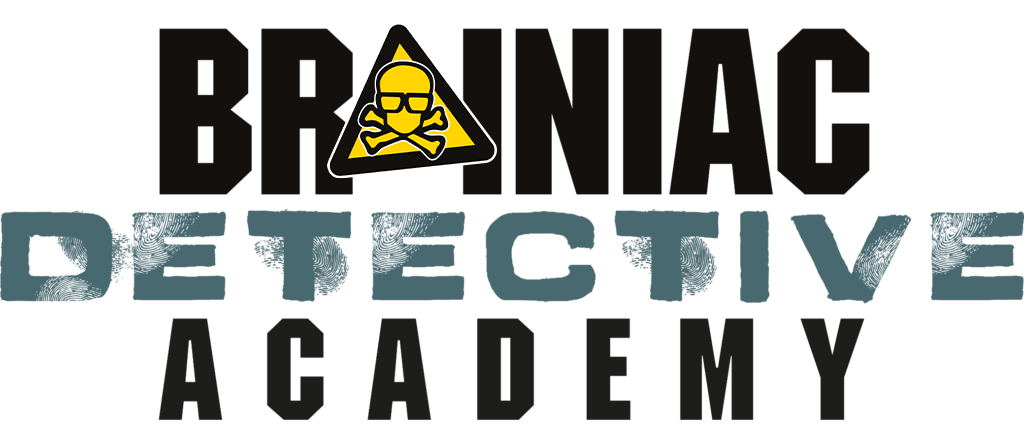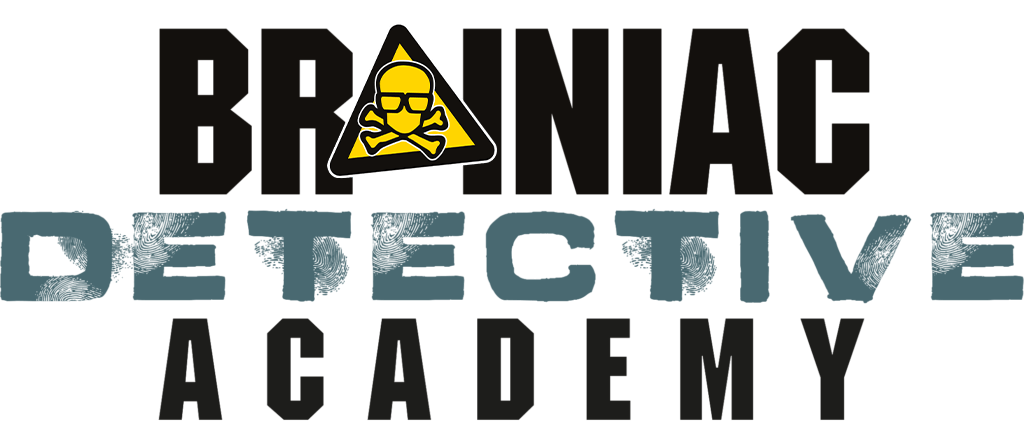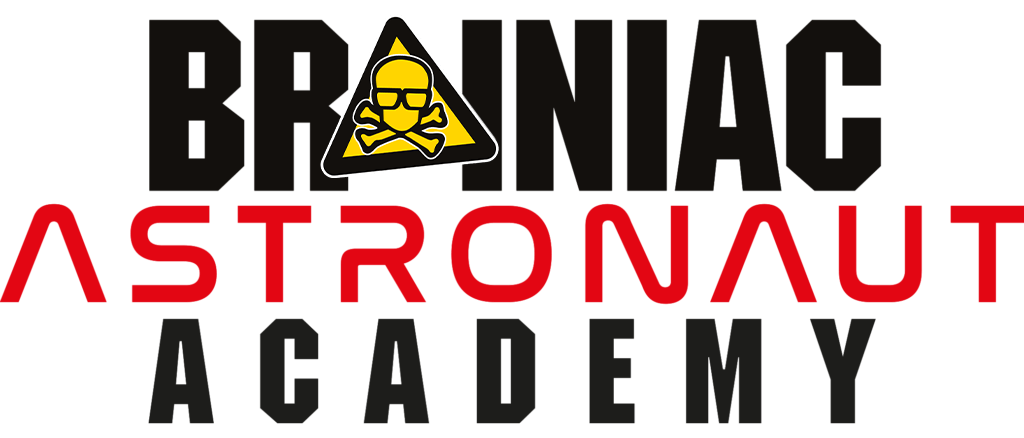Conductors and insulators!
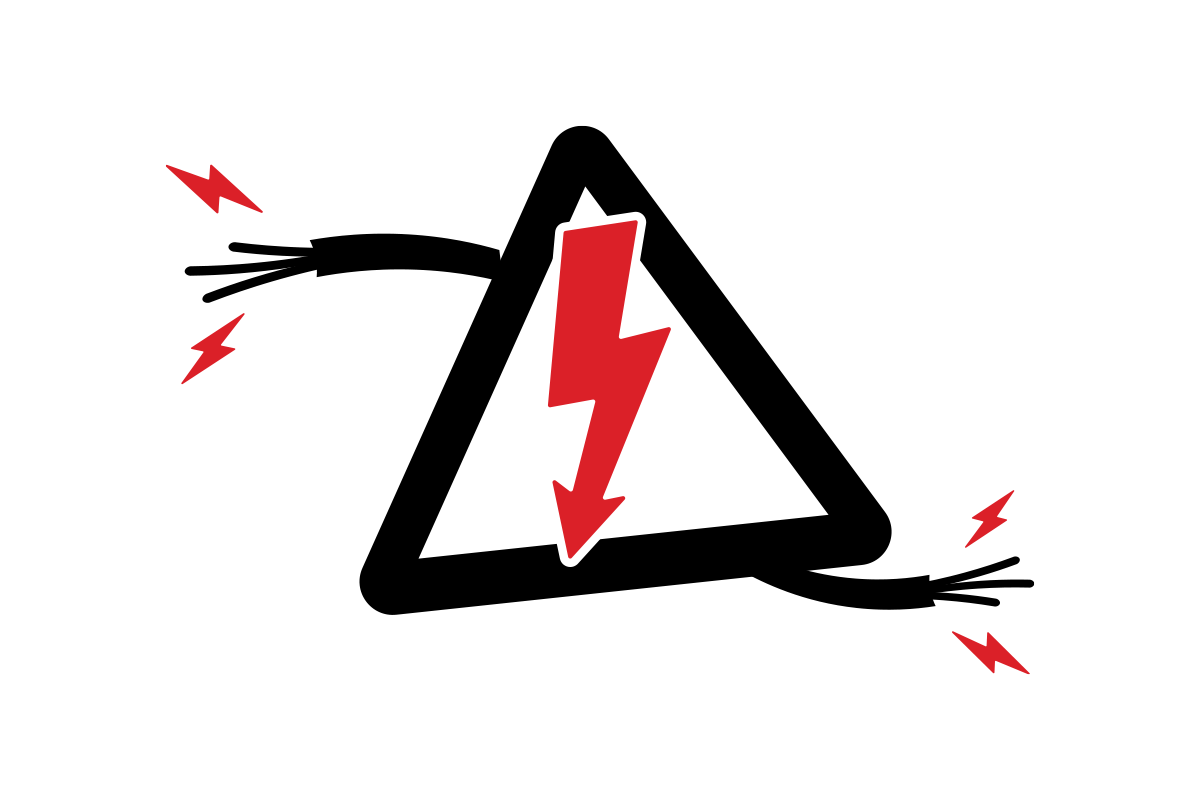
What you’ll need
- A battery pack
- A bulb
- Wires
- A range of objects to try out in your circuit. (Metal spoons, tin foil, a Wellington boot and more)
If you’re not confident with your circuits you can pick up a ‘human conductivity stick’ fairly cheaply that will help you use your pupils as a circuit!
How to do the experiment
Using a simple circuit like a battery and a bulb, make a gap in your circuit. Set out a range of objects for the class to categorise into conductors and insulators. Try your objects in the gap to see if they let electricity pass through them easily or not.
The conductors will make the light come on and the insulators won’t.
Why does it work?
Did you know?
Now that you’ve got a class of Brainiacs why not get them to report back on the things that they have at home that are powered by electricity.
Make sure they get a grown up to help them. Which things are powered by batteries and which need to be plugged in?
Effects of air resistance
The Brainiacs challenged the audience to a fight using an airzooka invented by Lieutenant Brian Johnson from the US Air Force. An air vortex is created by the wing of an aeroplane as the air swirls off of the tip of the wing... no wonder the airzooka was invented by someone in the air force!
The airzooka uses the difference in air pressure to make a fun toy but you can show your students an amazing science trick and set them an air resistance challenge. Maybe this is one that Brainiacs could actually win at!
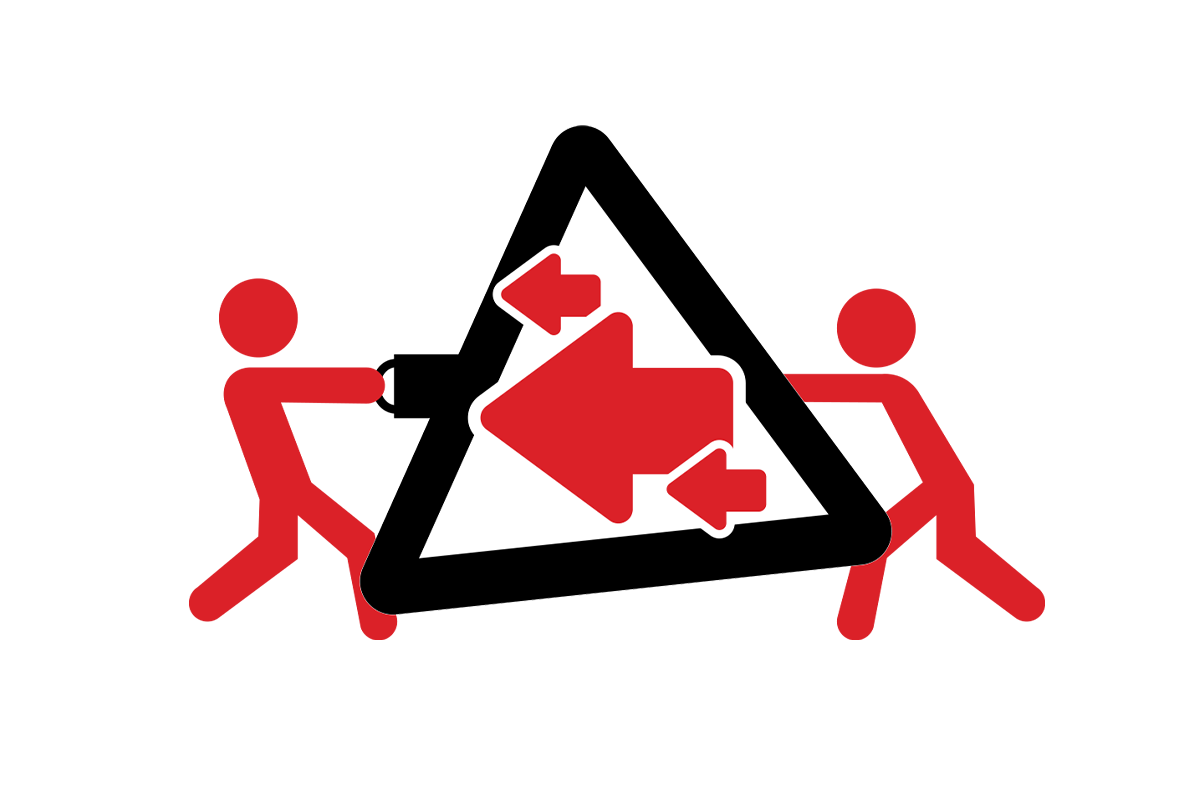
What you’ll need
- A hairdryer (ideally one with a cold air setting)
- A ping pong ball
- Paper
- Paper clips
How to do the experiment
Get a few students to hold the short edge of an A5 piece of paper horizontally in front of their mouth. The rest of the paper should flop down below their chin. Ask them to blow over the top of the paper and not under the bottom of it. If they do it correctly then the paper will start to rise up like the wing of a plane.
Take this experiment further; Use a hairdryer on a cold air setting, facing upwards and carefully place a ping pong ball into the air stream. Before placing the ball in the air stream get your class to predict what they think will happen. Do they think the ball will fall out of the air stream if you angle the hairdryer diagonally left and right?
Set the class the challenges of making the most effective aerodynamic shape as their plane and the most air resistant shape as their parachute. They have a piece of paper and a paperclip for each challenge. Use the hairdryer to test their results.
Why does it work?
The ‘Bernoulli effect’, named after Swiss mathematician Daniel Bernoulli, is what happens to a wing as it moves. The bottom of a wing is flat which lets air pass by it easily and keeps the air pressure the same as it was before it got to the wing. The top of the wing is like a steep slope that the air gets forced over. This spreads the air out and lowers the air pressure above the wing. This means that it’s easy for the wing to go upwards into the lower air pressure than it is to go into the higher air pressure beneath it and that is what helps planes take off.
When the ping pong ball is in the air stream of the hairdryer it has low-pressure air flowing past every side of its rounded surface. It can’t escape the low pressure of the air rushing past the side of it because beyond that is higher-pressure air. Every time the ball goes slightly out of the air stream of the hairdryer it ends up meeting the higher-pressure air and being pushed straight back into the low-pressure air.
Did you know?
Can your class find any examples of nature using air pressure to its advantage?
Maybe a bird’s wing or a sycamore leaf.
What’s behind a rainbow?

What you’ll need
- A prism or an old CD (It doesn’t have to be Frozen)
- Three torches (Colour changing ones are best but if you can find them then you’ll need the next thing)
- Red, green and blue plastic (sweet wrappers will do)
- Paper/card with a circle drawn on each sheet
- Elastic bands or pencils
How to do the experiment
Using a prism or a CD you can split the white light into a rainbow. Ask students to pick out all of the colours of the rainbow. Did you know that our eyes can only see three colours? Red, green, blue. Everything else is a mix of those colours. Use three torches with red, green or blue coloured plastic over the end.
Get your class to predict what colours will appear when they mix different combinations together. Mix all three together to get white light again. Is this what they expected?
Why does it work?
We often think of primary colours as being red, yellow and blue but this only applies to things like paints and inks. This is subtractive colour. It’s called this because light from the sun or indoor lights shine on it and it absorbs most of that light apart from the colour we see, which is reflected off of it and into our eyes. So the paint is subtracting all other colours from white light until we only see the colour that it appears as. For example; purple paint is absorbing all the colours of white light apart from purple, which it reflects.
Light works through additive colour. It gets its name because nothing is being absorbed from the colour before hitting your eye. For example, if you want to see purple light then you need to add blue light and red light together. If you look very closely at a TV (old ones are the easiest to see this on) then you can see red, green and blue pixels which is how TVs and other displays mix colour.
The colours of the rainbow are just mixtures of the three colours of light that we can see. Our eyes have cells that see just red, green and blue. Every other colour we see is a combination of those colours. Light travels in waves a bit like sound. Refraction is when those waves are made to change direction through something like the glass of a prism or the water droplets of rain. The waves are light are refracted at different angles, allowing us to see a beautiful rainbow on a rainy day when the sun is also shinning.
Did you know?
Magnetic mazes
The Brainiacs have often thought that they have magnetic personalities but it turns out they’re actually poles apart from each other… (ahem) that’s enough of the magnet jokes!
Use magnetism with your class to make a fun game and teach them some attractive and repulsive science at the same time.
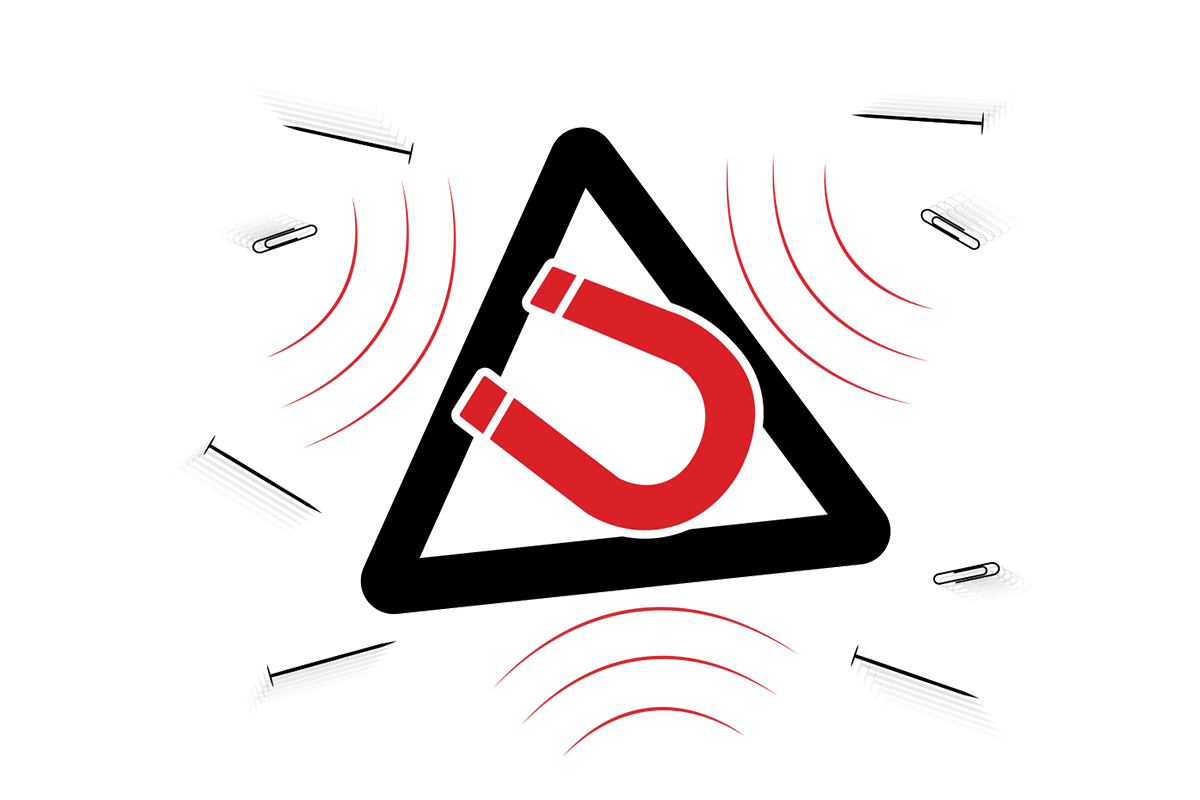
What you’ll need
- Magnets
- Paper card
- Counters of different materials. Mostly magnetic but some not
How to do the experiment
Get your class to draw their own mazes on pieces of paper card. Use a magnet under the paper card
to get a counter to magically move over the surface of the paper card through the invisible force of
magnetism. Try different materials as counters (including other magnets). Are some better than others?
What sort of things do the materials that work have in common?
If you’ve explored electrical conductors and insulators then ask your class if they have anything in common with some of the magnetic materials here. Are any good at conducting electricity but not magnetic?
Why does it work?
Did you know?
Set your class a challenge to go and find some things around their home that are magnetic.
If they have fridge magnets then they can use one to help them become a magnetic detective and find five things around their house that it sticks to.
Are there any metal things that they can find that aren’t magnetic?
Elastic band guitar
Brainiac Raz showed us that, the older we get, the fewer frequencies we can hear… unfortunately, it doesn’t also improve our taste in music! One hertz is equivalent to something like a guitar string vibrating up and back down again in exactly one second. The higher the number of hertz the more times it vibrates in a second... and Raz took that 20,000 hertz!
While you may not have been able to hear it anymore, some of your class still could. But there is more to sound waves than meets the… well…ear. Get your class to play with vibrations to create sound waves of their own.
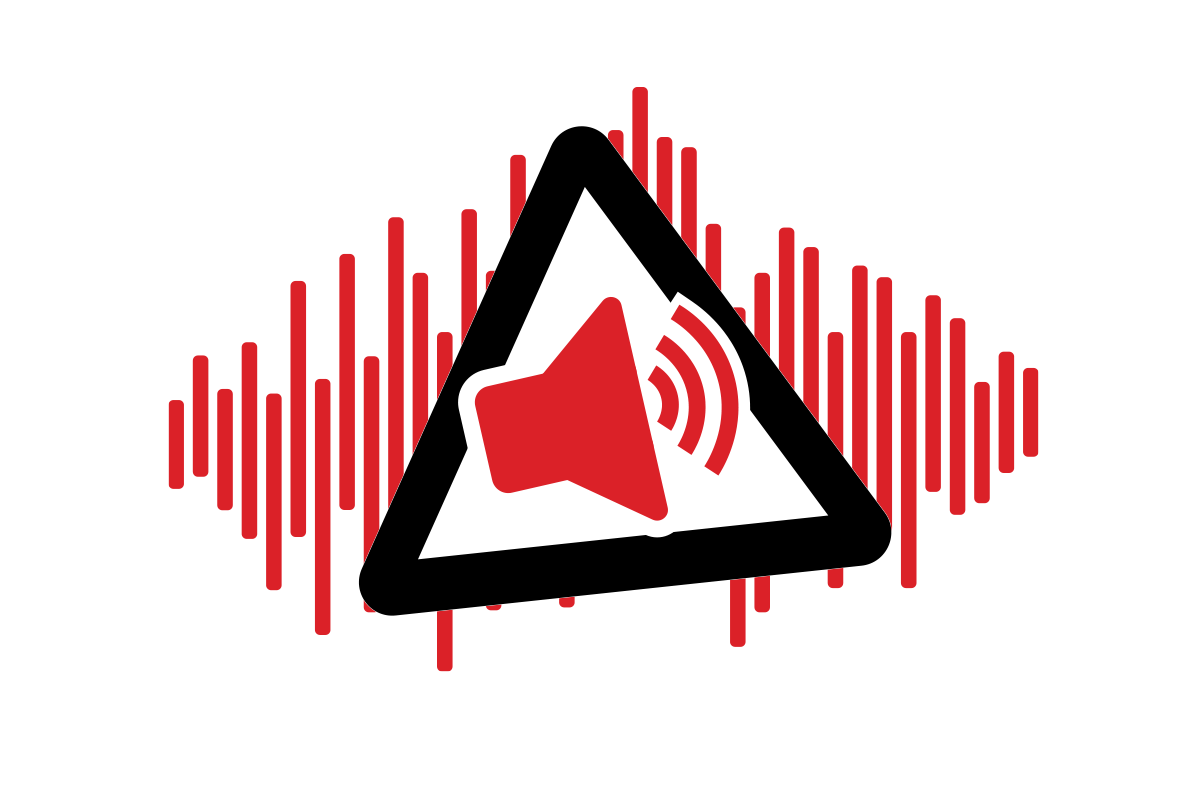
What you’ll need
- An empty cereal box or a box of a similar shape
- An elastic band
- 2 pens or pencils
How to do the experiment
Get your class to experiment for themselves with a ruler on the end of the table. See if they can count how many times their ruler vibrates before coming to a rest once they pluck it. What do they notice about the sound when they lengthen and shorten the amount of ruler hanging over the end of the table.
If you have a musical instrument or a musical tuning app on your phone then you can map the notes of a scale and get your own ruler orchestra going. You might want to put your fingers in your ears when you conduct it though!
How to do the experiment
Sound travels through vibrations. Physical vibrations in musical instruments such as the strings of a guitar push and vibrate the air around them. The vibrations travel through the air to our ears where it vibrates our eardrums and our brain interprets this vibration as the sound we hear in our head.
These vibrations are known as frequencies but this just means how frequent, or how often, something is vibrating in an amount of time. The higher the frequency, the quicker it’s vibrating so the higher the note is. The slower the frequency, the lower the note.
How to do the experiment
Animals like bats use sound to help them find a tasty treat like a mosquito or a moth. Bats send out sound waves from their nose and mouth and wait for the sound waves to bounce back to them.
They can use it to detect where an object is, how big it is and its shape. The process is called ‘echolocation’ and they can use it to find an object smaller than a human hair in complete darkness!
Solids, Liquids and Gases
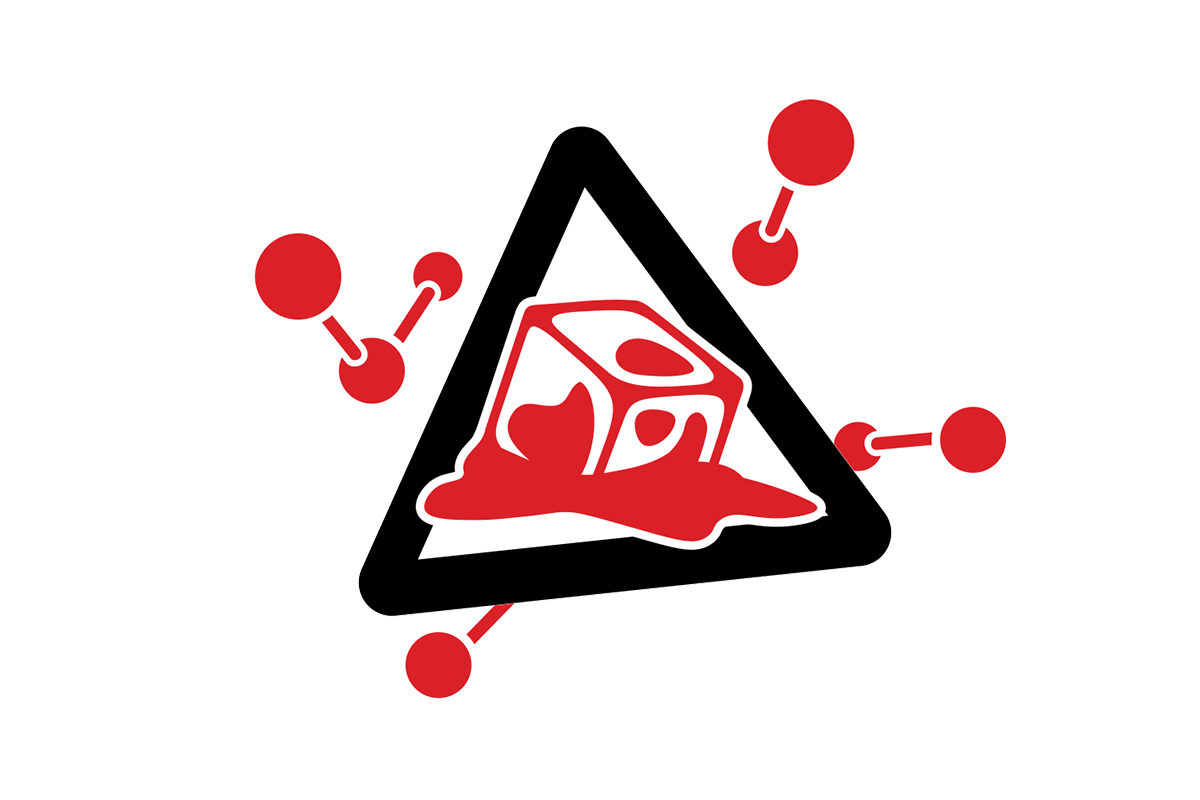
What you'll need
- A sealed container such as a plastic takeaway tub (this has to be air tight). An old film canister works great for this!
- Alka Seltzer tablets
- Some water
- Safety goggles
How to do the experiment
Why does it work?
Gas takes up more space than a liquid because the groups of atoms known as ‘molecules’ that make up matter such as solids, liquids and gases, want to push out in every direction. If you do a fart in a room then the fart molecules will fill the room by expanding outwards.
The molecules in solids like to stick together in rigid structures so they can’t move around easily. In liquids, those molecules can move freely but are still quite close to each other. In a gas, they push out in every direction that they can and when there is no more space left…. POP!!!
Did You know?
Why not get your class to identify different solids, liquids and gases.
Get them to list three of each.


